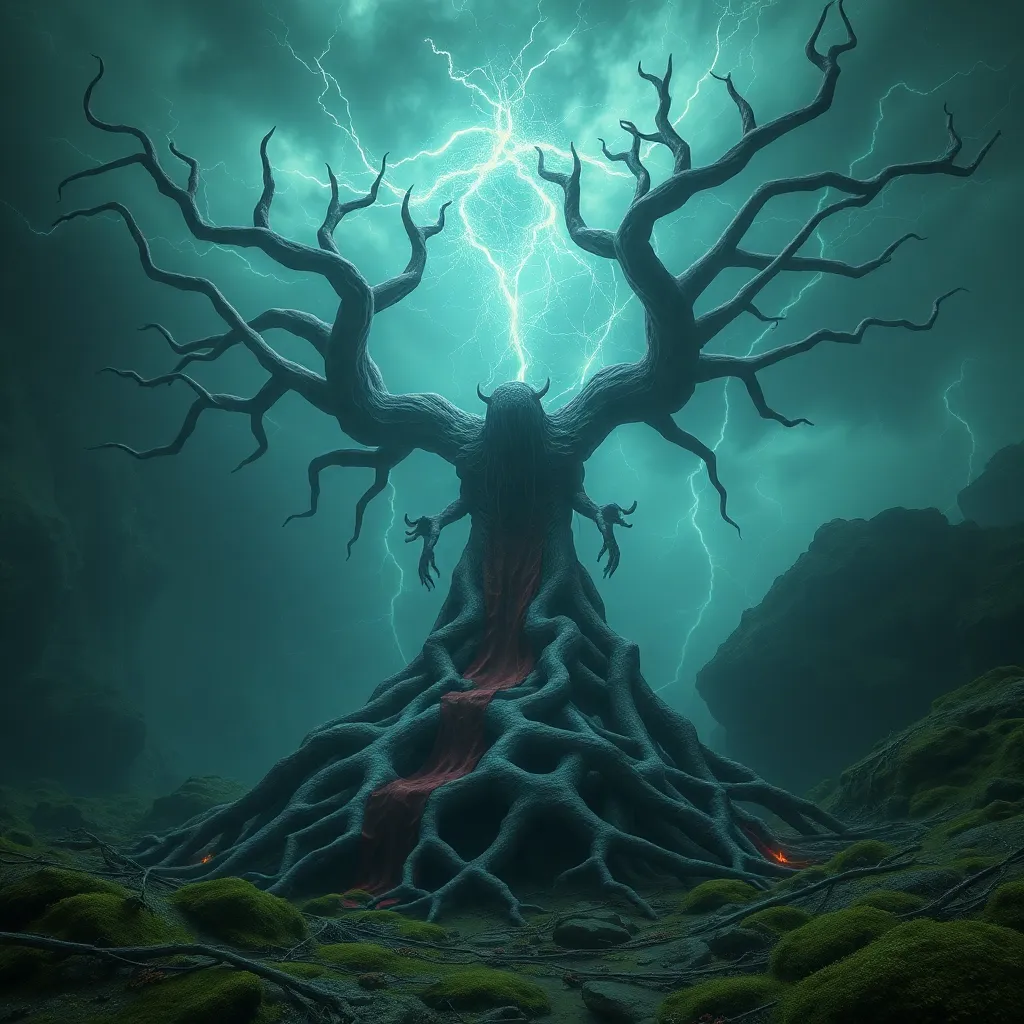The Allure of Plant Myths: What Makes Them So Fascinating?
1. Introduction to Plant Myths
Plant myths are rich narratives woven into the cultural fabric of societies around the world. They encompass the stories, beliefs, and symbolism associated with various plants, revealing how different cultures interpret their significance. These myths often convey moral lessons, explain natural phenomena, or illustrate the relationship between humanity and nature. This article delves into the allure of plant myths, exploring their historical context, symbolism, cultural variations, psychological appeal, and enduring legacy.
2. Historical Context of Plant Myths
The history of plant myths can be traced back to ancient civilizations, where plants were not only vital for sustenance but also held spiritual significance. For example:
- Ancient Egypt: The lotus flower symbolized rebirth and creation, often associated with the sun god Ra.
- Greek Mythology: The olive tree was sacred to Athena, representing peace and prosperity.
- Native American Cultures: Corn is revered as a sacred plant, embodying life and sustenance.
These examples illustrate how ancient cultures utilized plants in their myths and folklore, embedding them with cultural and spiritual significance that resonates through time.
3. Symbolism and Meaning Behind Plant Myths
Plants in mythology often carry profound symbolism and meaning. Common themes include:
- Growth and Renewal: Many plants, such as the fern or the willow, symbolize resilience and the ability to overcome adversity.
- Love and Fertility: The rose is frequently associated with love, while the fertility goddess Demeter was linked to wheat and grain.
- Death and Transformation: The mandrake, often tied to the occult, embodies themes of death and rebirth in various traditions.
These symbols serve as metaphors for human experiences and emotions, allowing societies to express complex ideas through relatable narratives.
4. Cultural Variations in Plant Myths
Plant myths vary significantly from culture to culture, shaped by geography and environmental factors. Notable examples include:
- Norse Mythology: Yggdrasil, the world tree, connects the nine realms, symbolizing the interconnectedness of life.
- Asian Mythology: In Chinese culture, the peony symbolizes wealth and prosperity, while the bamboo represents resilience.
- African Folklore: The baobab tree is often referred to as the “Tree of Life,” embodying endurance and survival in harsh climates.
These unique plant myths highlight how different environments and cultural backgrounds shape the stories and significance attributed to plants.
5. The Psychological Appeal of Plant Myths
The allure of plant myths can be understood through psychological lenses. Several factors contribute to their appeal:
- Connection to Nature: Myths about plants foster a sense of connection to the natural world, providing comfort and grounding.
- Cultural Identity: Plant myths often reflect cultural heritage and values, allowing individuals to connect with their ancestry.
- Imagination and Wonder: The fantastical elements of plant myths spark creativity and wonder, encouraging exploration and curiosity.
This connection between nature, mythology, and human identity underscores the importance of these narratives in our lives.
6. The Role of Plants in Modern Folklore and Popular Culture
Plant myths continue to influence contemporary storytelling across various mediums. Examples include:
- Literature: Books like “The Secret Garden” by Frances Hodgson Burnett explore themes of healing and transformation through plants.
- Film: Movies such as “Avatar” emphasize the spiritual connection between humans and nature, with plants playing a pivotal role.
- Art: Artists often draw inspiration from plant mythology, creating works that challenge perceptions of nature and beauty.
These examples illustrate how plant myths remain relevant, enriching modern narratives and fostering a deeper appreciation for nature.
7. Scientific Perspectives on Plant Myths
The intersection of botany and mythology offers a fascinating lens through which to examine plant stories. Scientific inquiry often debunks misconceptions while illuminating truths about plants, such as:
- Medicinal Properties: Many plants revered in myths possess real healing properties, validating traditional uses.
- Ecological Importance: Understanding the role of plants in ecosystems enhances appreciation for their symbolism in cultures.
- Cultural Significance: Science can also reveal how certain plants became symbols due to their unique characteristics or rarity.
This scientific perspective enriches our understanding of plant myths and their relevance in both historical and modern contexts.
8. The Influence of Plant Myths on Environmental Awareness
Ancient beliefs about plants can inform contemporary environmental conservation efforts. By exploring the narratives surrounding plants, we can:
- Encourage Preservation: Understanding the cultural significance of plants may foster a desire to protect biodiversity.
- Promote Sustainable Practices: Myths often emphasize the importance of balance and respect for nature, aligning with modern conservation goals.
- Strengthen Community Connections: Engaging with local plant myths can unite communities in their efforts to preserve natural heritage.
Such initiatives underscore the importance of integrating cultural narratives into environmental awareness campaigns.
9. Creating a Personal Connection with Plant Myths
Readers are encouraged to explore their local plant myths and folklore. Here are some suggestions for engagement:
- Research Local Myths: Investigate the plants native to your area and their significance in local folklore.
- Nature Walks: Take walks in natural settings, paying attention to the stories plants tell through their presence.
- Artistic Expression: Create art, poetry, or stories inspired by your findings about local plants and their myths.
Engaging with these narratives can deepen your connection to nature and enhance appreciation for your environment.
10. Conclusion: The Enduring Legacy of Plant Myths
Plant myths continue to resonate in contemporary society, reminding us of the profound connections between humanity and the natural world. As we reflect on their significance, we recognize the importance of preserving and sharing these captivating stories. By doing so, we not only honor our cultural heritage but also inspire future generations to appreciate and protect the rich tapestry of life that plants represent.




